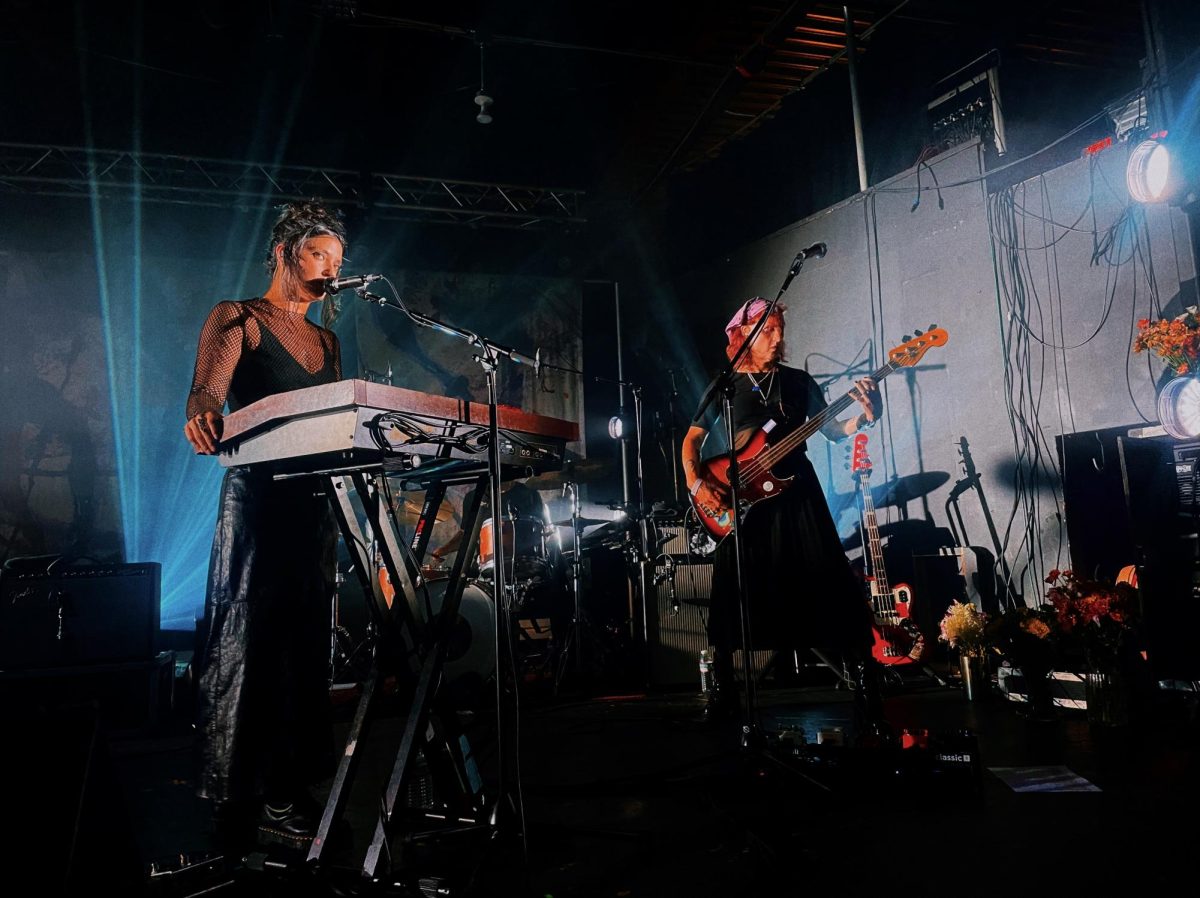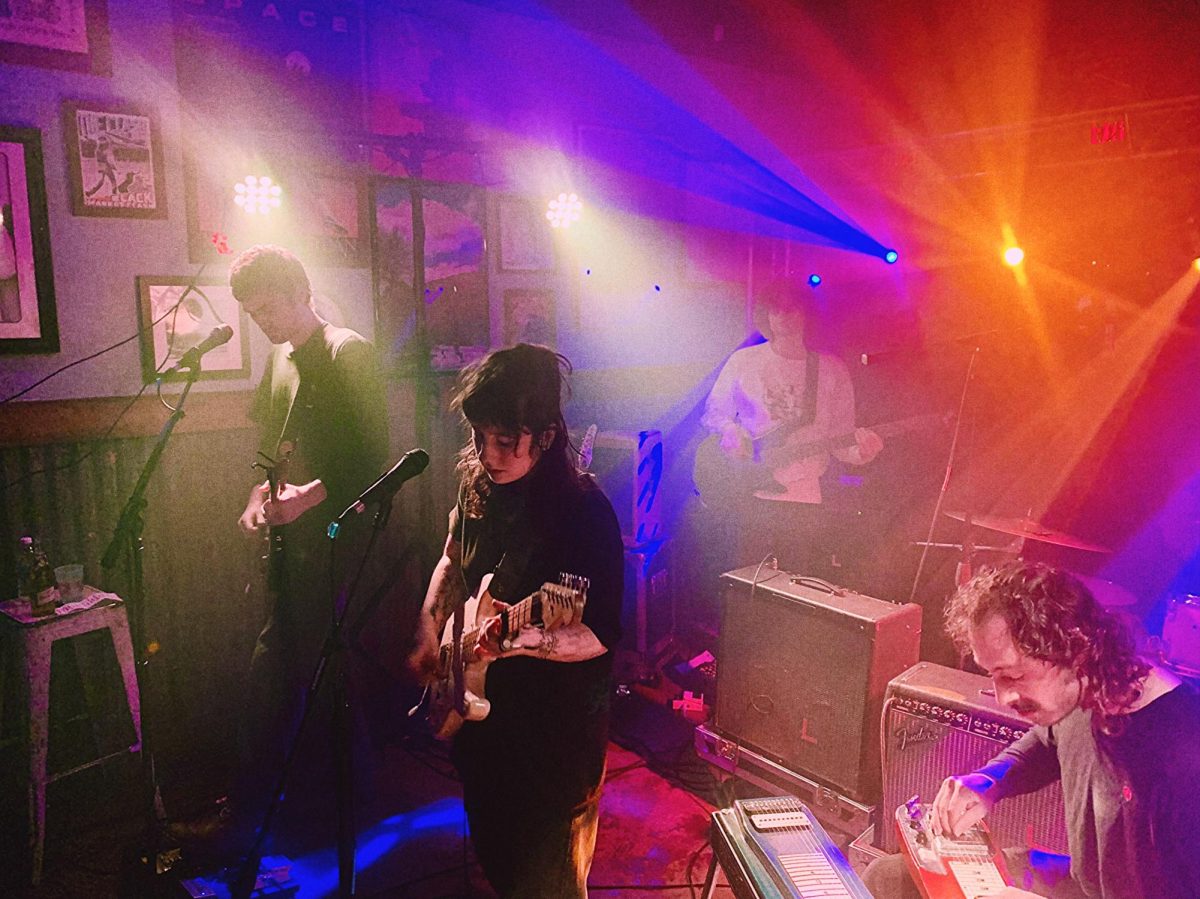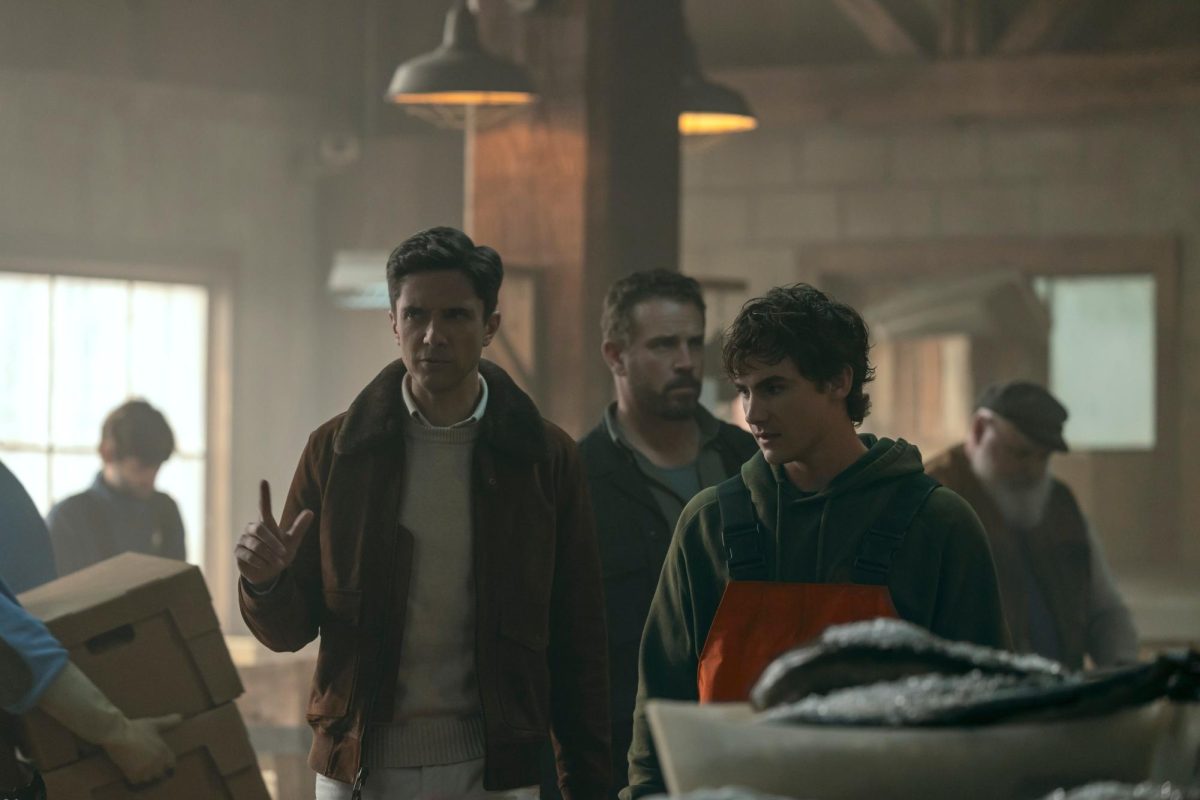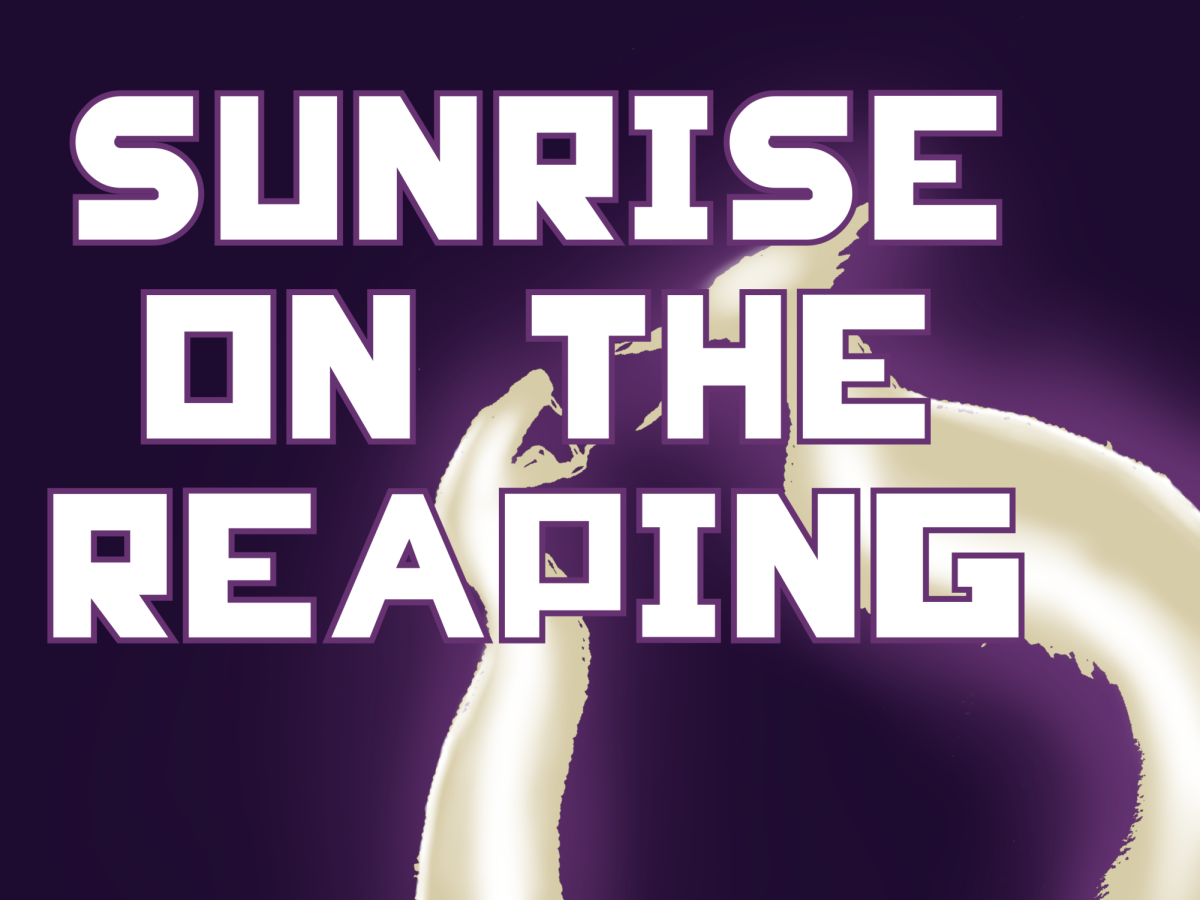
Performed by the Carolina Ballet in Raleigh at the Fletcher Opera Theater on Saturday, Oct. 14, “Frankenstein” based on the novel by Mary Shelley is a triumph. Choreographed by Artistic Director Zalman Raffael, the performance followed the original story scene for scene as Victor Frankenstein (Bilal Shakur Smith) tests the limits of humanity and creation as he brings his monster (Joseph Gerhardt) to life.
The performance was an ode to the human understanding of life and death. Preceding the main performance with dances to “Ghost Ballads” choreographed by Adriana Pierce and “Beholden…A Graveyard Hymn” by choreographer Raffael explored fleeting human life and the unwavering nature of death in the face of our own mortality.
The main performance of “Frankenstein” followed the original story perfectly; Dr. Frankenstein was found by sailors in the Arctic as he hunted for the creature, and told them his tale of how he created the monster from dead body parts in his laboratory while at university. Above all else, the creature desired to be loved, and when Frankenstein rejected him out of repulsion, the monster sought to find acceptance from the world but was rejected, so he demanded that Frankenstein create him a female creature as hideous as himself so that he had someone who would love him. Frankenstein refused, and his monster killed his childhood love on their wedding night.
Raffael made a creative interpretation to the piece as two dancers dressed in contrasting veils of white and black portray the physical manifestations of Good (Zoe Harrel) and Evil (Laurel Dorn), representing the monster’s desire for love and acceptance and his rage and pain at being abandoned and rejected. This brought a crucial element to the production, as it was void of dialogue unlike the original story, allowing the audience to see into the mind of the monster and create a better understanding and empathy for the character as he explores what it means to be alive.
The Carolina Ballet dancers did not disappoint in the execution of the choreography and the acting that they must do, bringing life and dimension to the characters and story. As the ballet has no dialogue, the dancers used movement and expression to convey the story, conflicting emotions, and the complexities of their characters.
The stage design (Jeff A. R. Jones) and lighting (Ross Kolman), brought the story to life. The use of screens disguised as windows allowed for small lines from the book to be projected on stage to help those who may be unfamiliar with the original narrative follow along. The stage design created an image of a ship at the brutal Arctic, a beautiful Genevan villa of Frankenstein’s home, and the university where Frankenstein made his creature. At the climactic scene of the monster’s creation, they used fog and dramatic lighting that filled Frankenstein’s scientific equipment that had been lowered from the ceiling, a moving table where the monster was being created.
The costuming for the characters (Kerri L. Martinsen) showed an emphasis on historical accuracy for the tale while giving the dancers the movement they would need. The costume for the monster was elegantly done, in a flesh-toned bodysuit that depicted the scars and stitches of his creation, the markings on the torso following autopsy scar patterns.
The Carolina Ballet’s production of “Frankenstein” has done Shelley’s story justice and was breathtaking to watch. It was macabre without being campy, and showed mastery in blending the elements of the performance together.
The performance will continue through Oct. 29. More information on future performances can be found at the Carolina Ballet website.



















